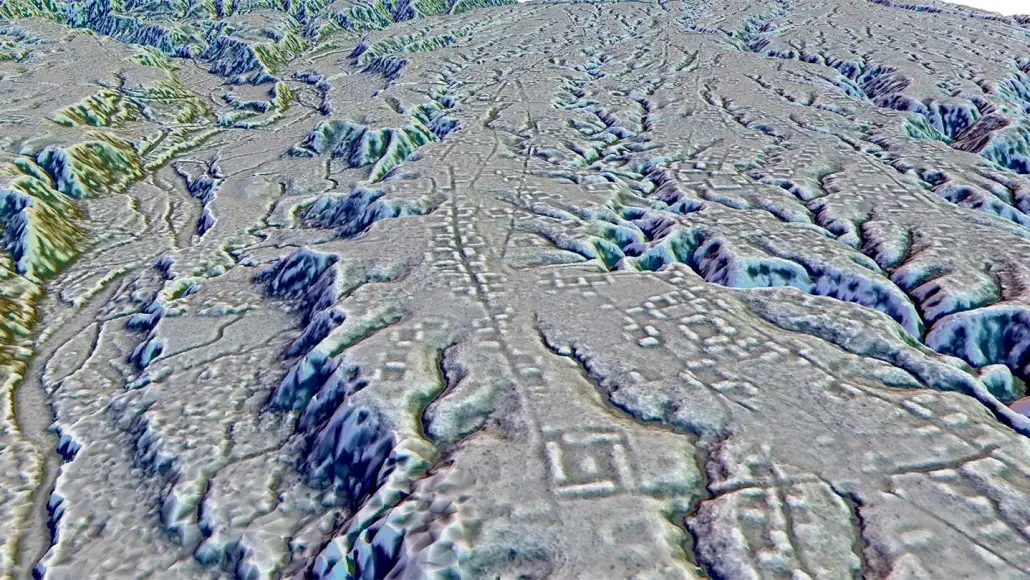In a groundbreaking discovery, scientists have revealed the Amazon’s earliest and largest farm-based city-like settlements nestled high in the foothills of the Ecuadorian Andes.
Airborne laser scans have revealed a complex ancient civilization in the Amazon, challenging prior views. Researchers utilized lidar technology, which has been crucial in uncovering hidden settlements beneath dense jungles over the last decade. Until 2015, archaeologists excavated mounds in the Upano Valley without systematic imaging. Subsequent lidar scans covered 600 square kilometers, unveiling a network of 6,000 mounds forming 15 settlements connected by intricate roads. Dated from around 500 B.C., the area thrived for 2,000 years, offering fresh insights into ancient urban planning and community life.
The discovery not only sheds light on the ancient landscape but also offers a glimpse into the lives of the people who once inhabited the region. After Europeans’ conquest in the 1500s, Indigenous populations faced near-extinction due to diseases. The Amazon, often viewed as a pristine tropical forest, is now recognized as an abandoned garden that was home to thriving civilizations. For more information about this, check out the original article here.
















